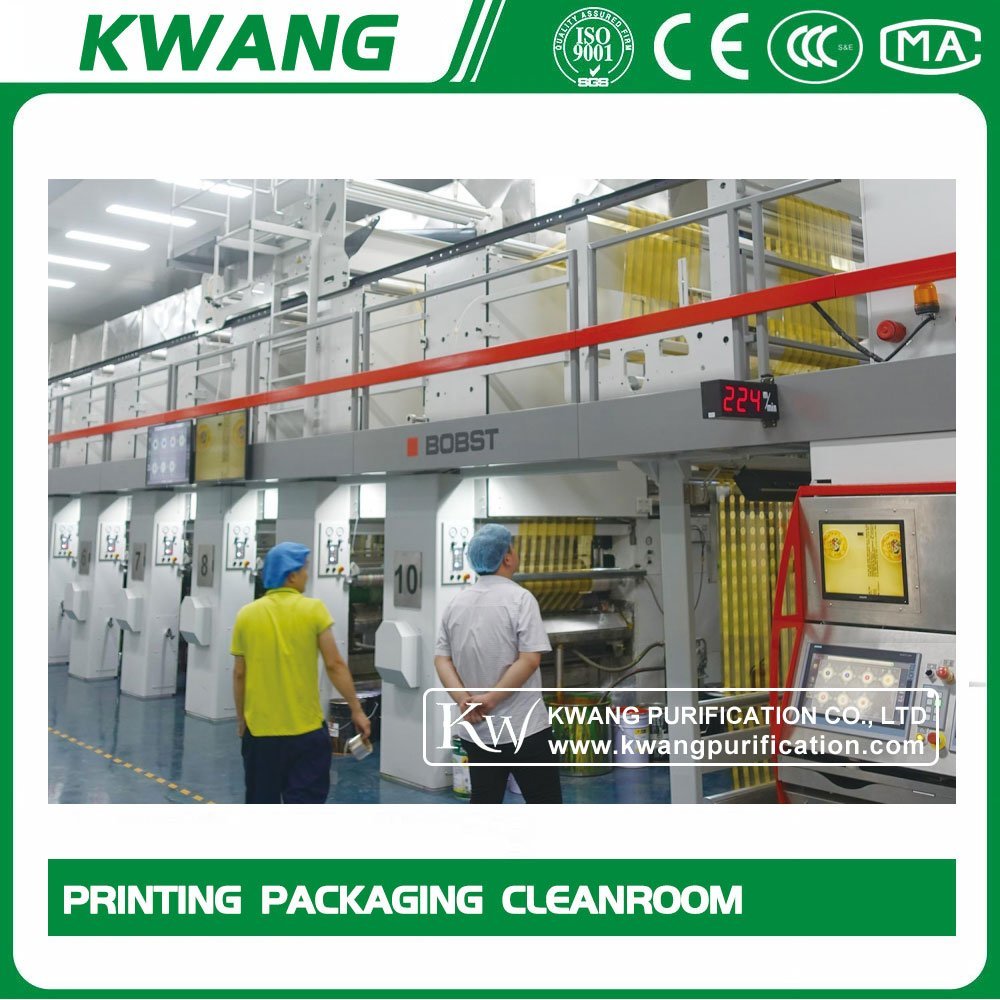Decontamination Room: Purpose, Importance, and Key Considerations
In various industries such as healthcare, pharmaceuticals, laboratories, and food processing, the decontamination process is critical to ensure the safety and cleanliness of the environment. A decontamination room also known as a cleanroom, is a controlled environment designed to prevent contamination from outside sources and maintain specific cleanliness standards. This article will explore the purpose and importance of a decontamination room, the key considerations in designing and maintaining one, and the various industries that require such facilities.

Purpose of a Decontamination Room
The primary purpose of a decontamination room is to provide a controlled environment that eliminates or reduces contamination from external sources. These rooms are typically used to protect products, equipment, and personnel from various types of contamination, including bacteria, viruses, and particles. The decontamination room serves as a barrier that prevents contaminants from entering or leaving the room, thereby maintaining a clean and safe environment.
Importance of a Decontamination Room
Decontamination rooms are critical in several industries to ensure that products and personnel remain uncontaminated. In the healthcare industry, for example, a decontamination room is necessary to prevent the spread of infectious diseases and maintain a sterile environment for medical procedures. Similarly, in the pharmaceutical industry, a decontamination room is vital to maintain the purity and efficacy of drugs. In laboratories, these rooms are used to prevent cross-contamination between different experiments and ensure accurate results. In the food processing industry, a decontamination room is used to prevent contamination of food products and maintain hygiene standards.
Key Considerations in Designing a Decontamination Room
The design of a decontamination room is critical to ensuring its effectiveness in preventing contamination. Key considerations in designing such a room include:
Size and Layout
The size and layout of a decontamination room depend on the industry, the nature of the work being carried out, and the number of personnel and equipment involved. The size of the room should allow for sufficient space for personnel, equipment, and airflow. The layout should facilitate a unidirectional flow of air from clean to contaminated areas.
Cleanliness Standards
The cleanliness standards of a decontamination room should be defined based on the industry and the nature of the work being carried out. The standards should be maintained through the use of appropriate filtration systems, disinfectants, and cleaning protocols.
Ventilation
The ventilation system in a decontamination room is critical to maintaining the cleanliness of the environment. The system should provide sufficient air changes to remove contaminants and maintain the desired cleanliness standards.
Access Control
Access control is essential to prevent contamination from external sources. The decontamination room should have restricted access, and personnel should be required to undergo decontamination procedures before entering the room.
Monitoring and Maintenance
The decontamination room should be equipped with monitoring systems to detect and address any issues with contamination or equipment failure. Regular maintenance and calibration of equipment are also critical to ensuring the room's effectiveness.
Industries that Require Decontamination Rooms
Several industries require decontamination rooms, including:
Healthcare
In hospitals and clinics, decontamination rooms are used for procedures that require a sterile environment, such as surgeries and invasive medical procedures.
Pharmaceuticals
In the pharmaceutical industry, decontamination rooms are necessary to ensure the purity and efficacy of drugs and prevent contamination during the manufacturing process.
Laboratories
In laboratories, decontamination rooms are used to prevent cross-contamination between different experiments and ensure accurate results.
Food Processing
In the food processing industry, decontamination rooms are used to prevent contamination of food products and maintain hygiene standards.
Conclusion
A decontamination room is a critical component of various industries where cleanliness and safety are essential In these industries, decontamination rooms play a crucial role in preventing contamination and maintaining a safe and sterile environment. Proper design, construction, and maintenance of a decontamination room are essential to ensure its effectiveness in preventing contamination.
Overall, decontamination rooms are a vital aspect of maintaining safety and cleanliness in various industries. Their purpose and importance cannot be overstated, and their design and maintenance should be given careful consideration. By implementing appropriate measures, companies and organizations can ensure the safety and well-being of their personnel, equipment, and products.
FAQs
1. What is a decontamination room used for?
A decontamination room is used to maintain a controlled environment that eliminates or reduces contamination from external sources.
2. Why is a decontamination room important in healthcare?
In healthcare, a decontamination room is critical to prevent the spread of infectious diseases and maintain a sterile environment for medical procedures.
3. What are some key considerations in designing a decontamination room?
Key considerations in designing a decontamination room include size and layout, cleanliness standards, ventilation, access control, and monitoring and maintenance.
4. What industries require decontamination rooms?
Industries that require decontamination rooms include healthcare, pharmaceuticals, laboratories, and food processing.
5. Why is access control important in a decontamination room?
Access control is essential to prevent contamination from external sources. The decontamination room should have restricted access, and personnel should be required to undergo decontamination procedures before entering the room.
Thank you for reading this article on decontamination rooms. If you found it informative, please feel free to share it with others.
Kwang Purification is proud to offer examples of a variety of our cleanroom below. ISO Cleanroom Standards, Clean Room Purification Engineering, Cleanroom Sandwich Panels, Dust-Free Air Shower Room, Dust Free Clean Room, What is a Cleanroom, Clean Room Fire Prevention Design.

 +86 13921198925
+86 13921198925 katherine.wang@kwangpurification.net
katherine.wang@kwangpurification.net 8613921198925
8613921198925






